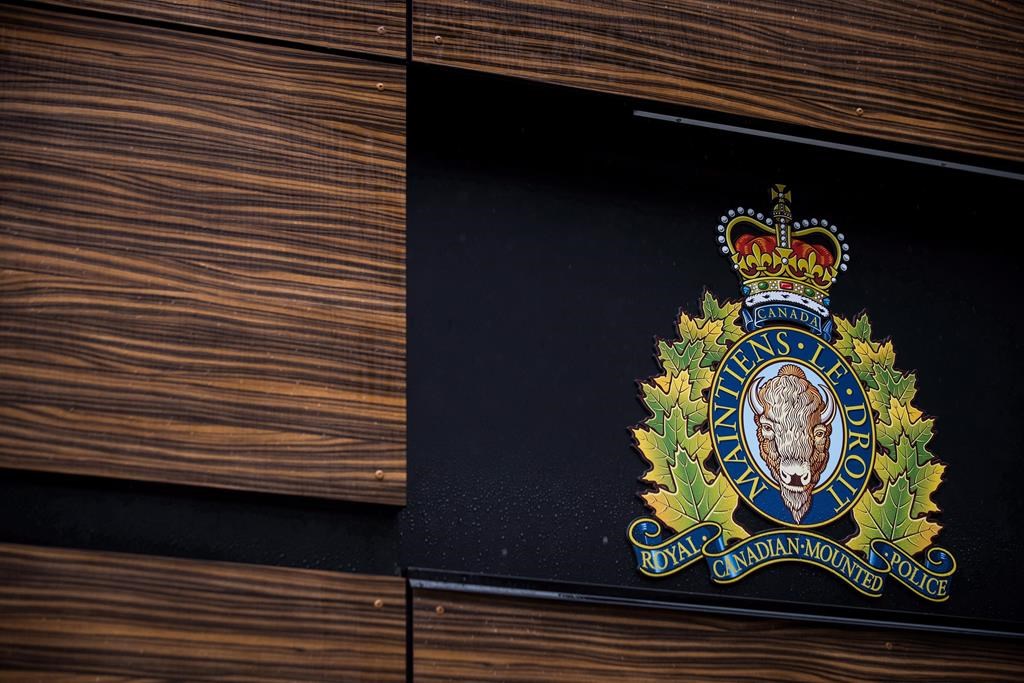Using AI to track where wildfires will spread

Posted September 20, 2023 4:14 pm.
AI and its uses have been progressing over the past year. With recording breaking wildfire seasons in Canada, organizations and governments are turning to artificial intelligence to help with the battle against natural disasters.
“The idea was to use AI and machine learning to leverage data that essentially they have been collecting for the last 30 years or so in their systems, plus additional data sources like the weather and environmental conditions,” said Celia Wanderley, Chief Technology Officer of AltaML.
It’s the second summer in a row the Government of Alberta has used artificial intelligence to help battle wildfires. The system uses historical and current data to predict where the fires could spread and where fire units should be placed to battle the blazes.
“What is the likelihood of fire breaking in this specific region… in the morning, in the afternoon, or all day,” said Wanderley.
After collecting the data, duty officers who are in charge of creating wildfire suppression plans can use the information to see where fires could spread. It’s often too much information for the human brain to analyze, and that’s where the AI comes in.
“In all areas that’s a very desirable intelligence. Not to mention one in which were talking about saving human lives and animals lives and that\ sort of thing right,” said Wanderley.
Artificial intelligence can also be used to predict other natural disasters, like floods
“We have worked with the government for example, in floods. So it’s different types of data sets but, AI and in sustainability, AI in Climate change, is something that has a ton of applicability,” said Wanderley.








